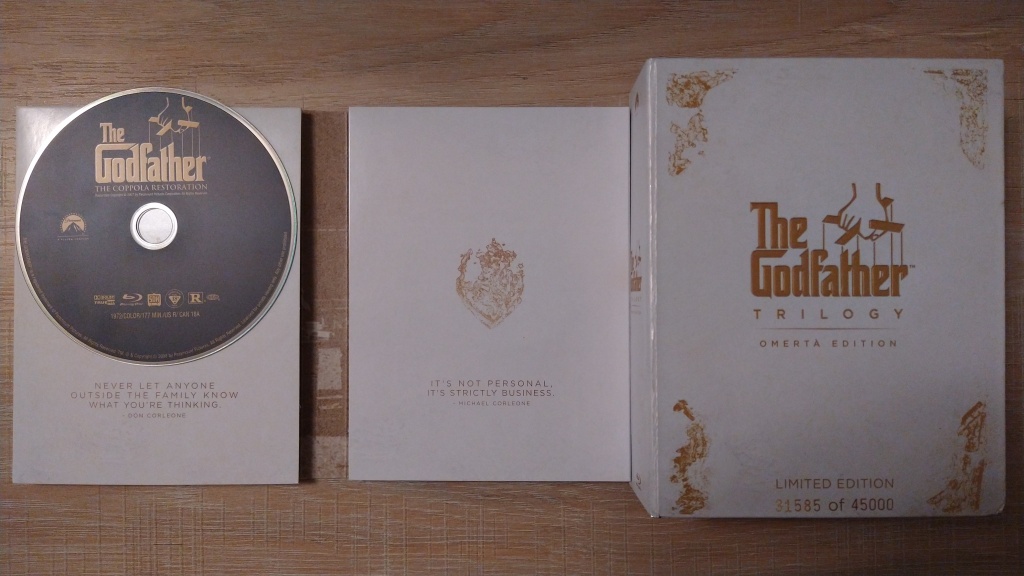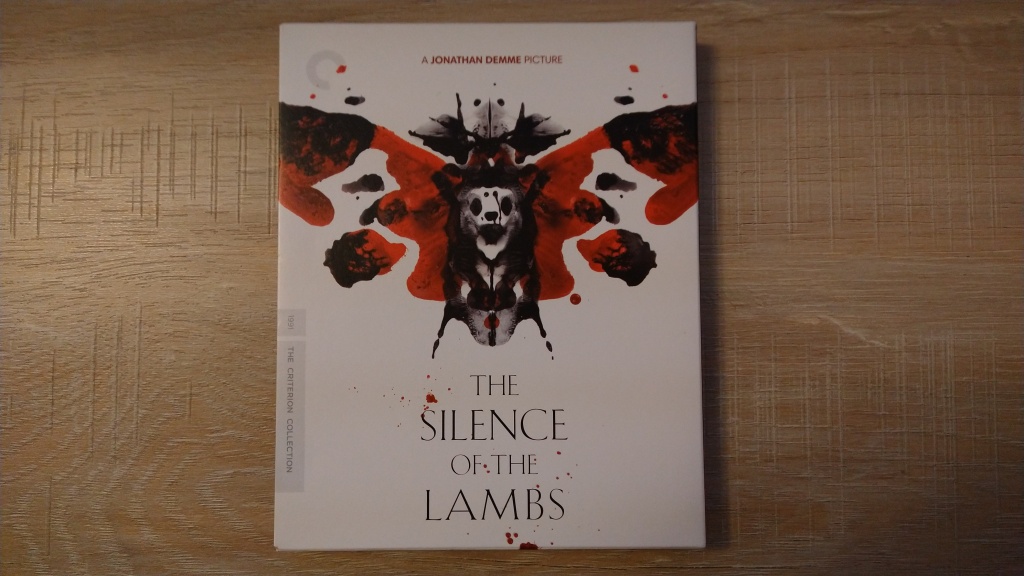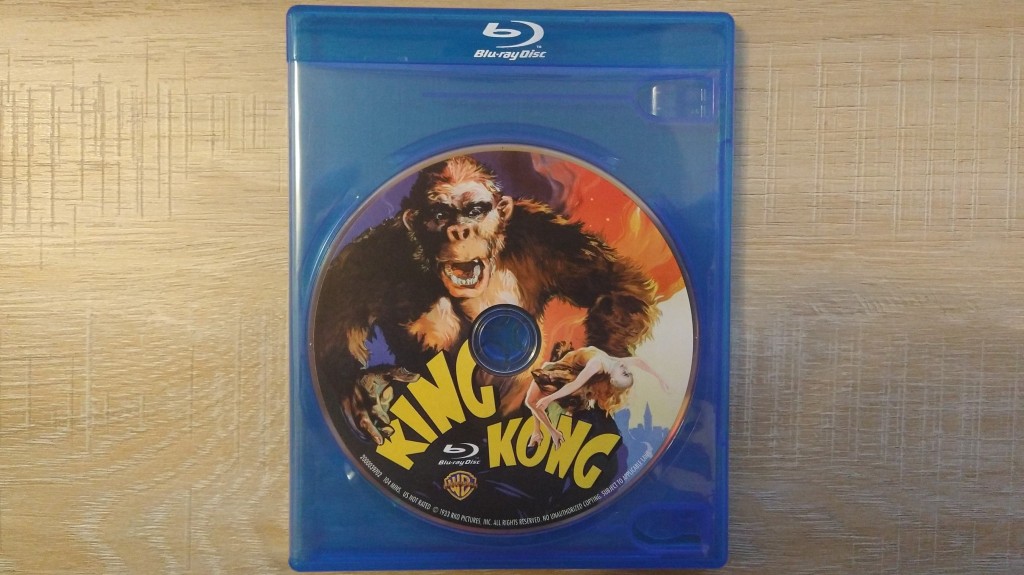
Directed by Francis Ford Coppola
Inducted to the National Film Registry in 1993
I first watched it on May 9th, 2019
What It’s About:
The continuing story of Michael Corleone as he struggles to maintain the crime family that was built up by his father, Vito Corleone (whose rise to power is told in parallel via flashbacks.)
My experience with the film:
The Godfather Part II is generally considered one of the best film sequels of all time, and some even consider it to be superior to the first film. Surprisingly, this was not always the case. When the film was first released, many of the reviews were mixed. Some, including a particularly biting New York Times review (linked below), indicated that the film felt like an unnecessary sequel (among other things). After my first viewing two years ago (when I flat-out didn’t enjoy it), I would have definitely agreed. And while I found more to enjoy and appreciate this time around, it still felt a bit unnecessary to me. The first film detailed the tragic downfall of Michael Corleone, while this film confirmed: “yep, that downfall continued after the credits rolled on the first film. Likewise, Vito’s backstory also felt somewhat redundant after the first film—while we learned more about his personal history, I didn’t feel that we learned anything new about the essence of his character.
That said, I understand and appreciate the symmetry that they created in Part II by showing how Vito’s actions were all about protecting his family, whereas Michael’s actions (seemingly unintentionally) only ended up tearing that very family apart. Everything that Vito worked so hard to build was undone by Michael just one generation later. (Also, does anyone else feel like Tom would have been the best Don out of everyone in the family? Had Tom been made the Don in the first film, it seems like most of the family members would have had happier lives by the time we reached the second film. That’s not meant to be a criticism. I understand why the story of both films were structured the way that they were. It’s just some “what if?” speculation on my part.) And speaking of Vito, my other minor gripe with this film is that it had a giant Marlon-Brando-sized hole in the middle of it. Again, don’t get me wrong, I completely understand why he wasn’t able to be in this film, but he’s the one that stole the show for me in the first one, so this film wasn’t quite the same without his strangely menacing charm.
Concerning other things that weren’t the same, despite the fact that some claim that this second film is better than the first, I think one thing that could probably be universally agreed upon is that the first film is far more iconic. It seemed to me that virtually everything about The Godfather series that has permeated pop culture (including most of the famous quotes) came from the first film. Watching the first film made me constantly feel like the Leo-Dicaprio-pointing-at-the-TV meme every time I saw a scene that has been heavily referenced in pop culture. There were few, if any, such moments when watching this second film.
All in all though, despite my gripes, The Godfather Part II is well-crafted, and even if I don’t respect it quite as much as so many others do (and what does my opinion matter really, in comparison with all those others?), I think it definitely deserves its place on the National Film Registry.
Availability:
The Godfather Part II (1974) is available to stream on the services listed here: https://www.justwatch.com/us/movie/the-godfather-part-ii
To learn more about the history and significance of this film, I recommend the following resources:
- The Blu-ray box set pictured above contains four discs: one for each of the three Godfather films (each movie disc also contains an audio commentary featuring the director, Francis Ford Coppola), and a fourth disc with several hours of special features. Most Blu-ray box sets of the trilogy contain these four discs (such as this one, this one, and this one). The digital edition of the film on Vudu comes with one of the features from the Blu-ray.
- The official NFR Essay that discusses both The Godfather and The Godfather Part II: https://www.loc.gov/static/programs/national-film-preservation-board/documents/godfather.pdf
- This post from The Horse’s Head, another blog that discusses the NFR films: https://thehorseshead.blog/2017/05/29/61-the-godfather-part-ii-1974/
- This post from MerryWatchesMovies, an Instagram account dedicated to the NFR films: https://www.instagram.com/p/CGIqREPFy0_/
- The original (mostly negative) 1974 review from The New York Times: https://www.nytimes.com/1974/12/13/archives/godfather-part-ii-is-hard-to-definethe-cast.html
- The original 1974 review from Variety: https://variety.com/1974/film/reviews/the-godfather-part-ii-3-1200423302/
- The original (somewhat negative) 1974 review from Roger Ebert: https://www.rogerebert.com/reviews/the-godfather-part-ii-1974
- A YouTube review of The Godfather Part II: https://www.youtube.com/watch?v=Tno2E78MiVk
- An analysis of the symmetry between the first two Godfather films: https://www.youtube.com/watch?v=eotARUgv-Ac
- A podcast episode about The Godfather Part II: https://www.earwolf.com/episode/the-godfather-pt-ii/
- The Wikipedia page for The Godfather Part II: https://en.wikipedia.org/wiki/The_Godfather_Part_II
For the complete list of films in the National Film Registry, including information on how you can view each film, and links to every entry that I have written, please see my NFR Directory.
Follow the NFR Completist on Twitter and Instagram.
If you’re reading this in the future, and want to see whether I’ve made any updates to the original entry, you may check here.
Current tally: Written 33 out of 800 entries










